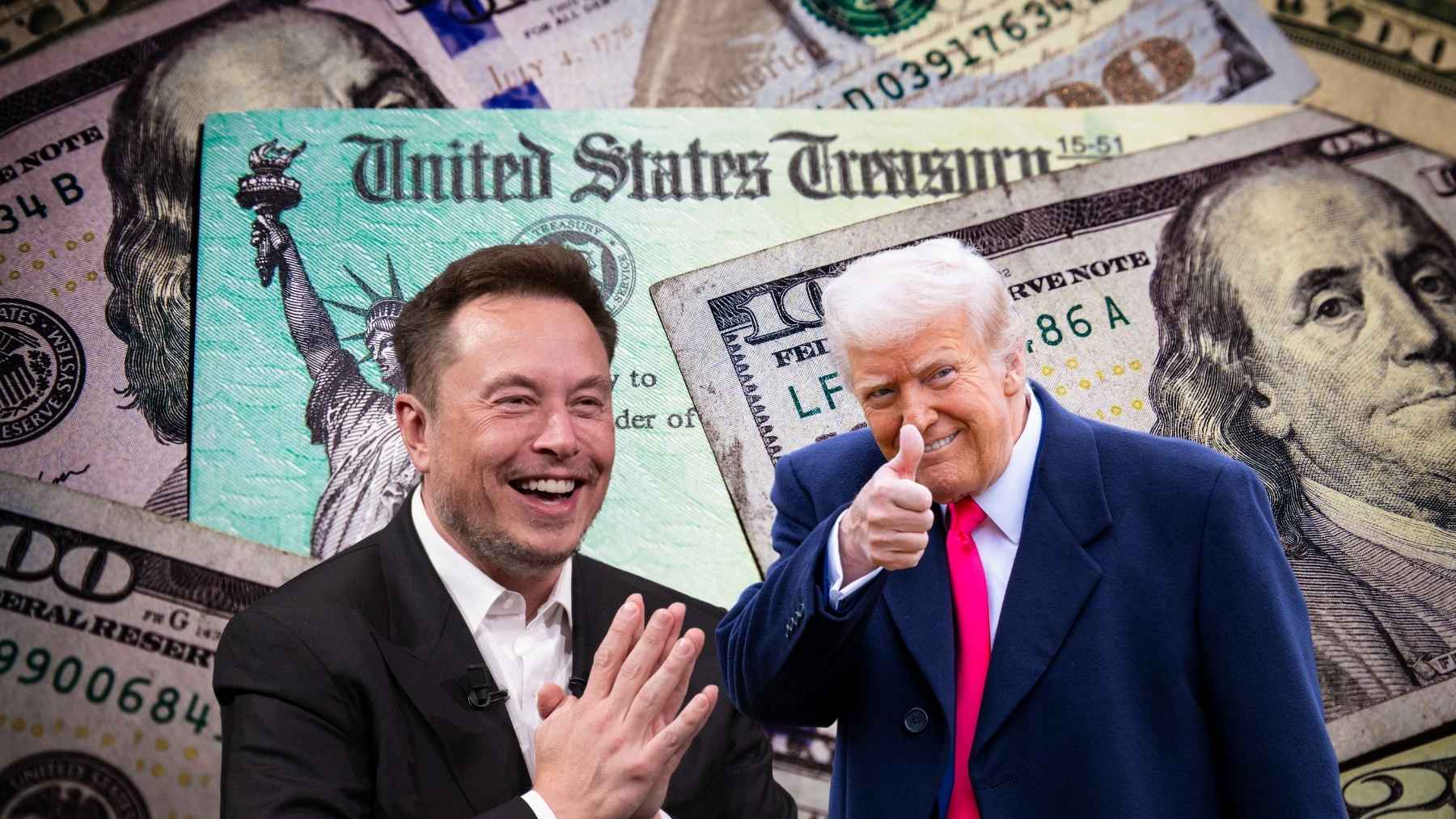Many Americans are asking the same question: What is the proposed DOGE stimulus check, and will it actually happen? The idea of a $5,000 payment to taxpayers called the “DOGE dividend” has sparked interest, confusion, and even some hope. But while the concept is gaining attention, it’s still far from being a sure thing.
A $5,000 DOGE Check? Where the Idea Came From
The concept of a DOGE stimulus check or DOGE dividend was first floated by James Fishback, CEO of Azoria investment firm. He posted the idea on X (formerly Twitter), saying that former President Donald Trump and Elon Musk should announce a “DOGE Dividend” a tax refund check funded with part of the total savings delivered by DOGE, the Department of Government Efficiency.
Elon Musk responded to the post by saying, “Will check with the President.” Shortly afterward, Trump gave the idea more weight during a speech, saying:
“We’re thinking about giving 20% back to the American citizens, and 20% down to pay back our debt.”
According to Fishback, the DOGE dividend would return a portion of the money saved by Musk’s new department directly to taxpayers, calling it a refund for “waste, fraud and abuse” found in government spending.
What Is DOGE?
DOGE stands for the Department of Government Efficiency. It was created by Trump and is led by Elon Musk. Officially called the U.S. DOGE Service Temporary Organization, it’s tasked with slashing federal spending, modernizing government software, and improving overall efficiency.
According to DOGE, it has already saved $115 billion by cutting contracts, reducing the workforce, and improving technology. Trump has praised these efforts, calling the savings “millions, billions hundreds of billions.”
Why It May Never Happen
As of now, it’s unclear. While Trump has expressed interest in the DOGE dividend, no official plan or legislation has been introduced. House Republicans have shown a lukewarm response, and that seems to have slowed down the idea’s momentum.
Even though Republicans currently hold the majority in both the House and Senate which could, in theory, make passing such a plan easier it’s not certain that this particular proposal will move forward.
Fishback remains optimistic. He said his meetings with lawmakers have been “very productive” and that he believes a bill could be revealed soon to bring Trump’s DOGE vision “full circle.”
Who Would Qualify for the DOGE Dividend?
One of the biggest differences between the proposed DOGE checks and previous stimulus payments is who would receive them. According to Fishback’s four-page proposal, the DOGE dividend would only be sent to households that are net federal income taxpayers meaning people who pay more in taxes than they receive in government benefits. This is a major shift from past stimulus checks, such as those issued during the COVID-19 pandemic, which were sent more broadly and included lower-income Americans.
Fishback explained that many low-income households essentially saw transfer payments of 25 to 30% of their annual income during the pandemic, but the DOGE check would work differently. It would go to those with a lower tendency to spend and a higher tendency to save, which he believes would make the check less inflationary.
The Pew Research Center reports that many Americans with adjusted gross incomes under $40,000 pay little or no federal income tax. That means they would not qualify for the DOGE check under the current plan.
Even those receiving Social Security might be eligible but only if they meet the income tax requirements laid out in the proposal.
Conclusion
The idea of a $5,000 DOGE stimulus check is certainly attention-grabbing, especially with Trump and Musk behind it. The plan to return 20% of DOGE’s savings to taxpayers sounds appealing on the surface but it’s still in the idea stage. No bill has been introduced, no payment dates have been set, and only a select group of Americans would qualify if it ever happens.
For now, the DOGE dividend remains a proposal one that could change how Americans think about refunds, stimulus, and government efficiency. But until it becomes law, it’s just a concept that may or may not come to life.

